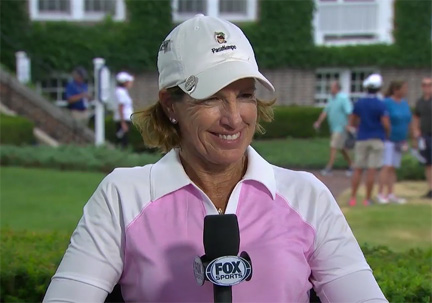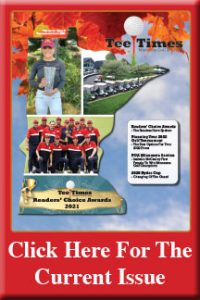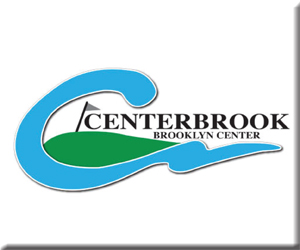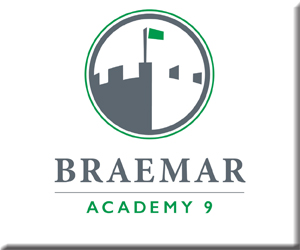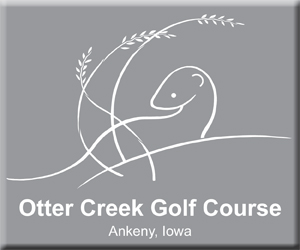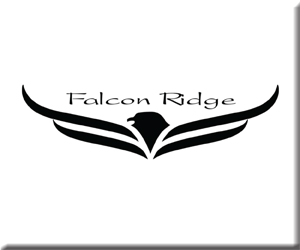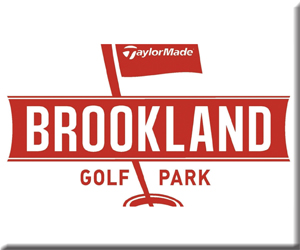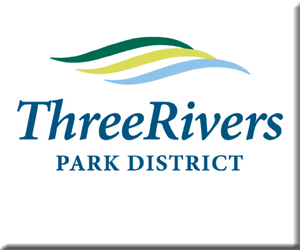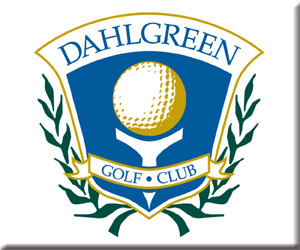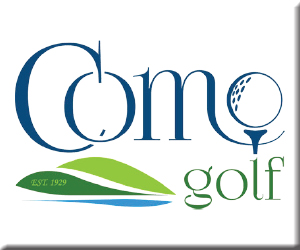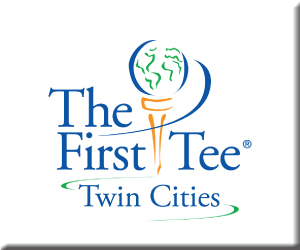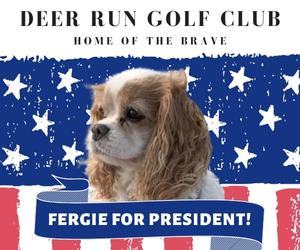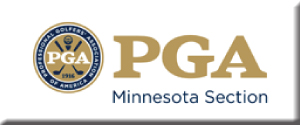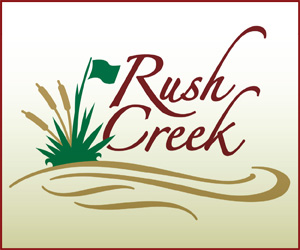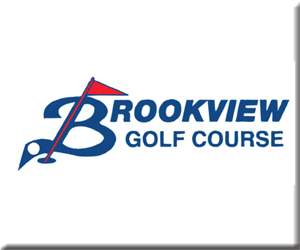If I Was… A Company Looking To Advertise In Golf
By Jim McNaney
Earlier this year, the issue of corporate sponsorships on the LPGA Tour made headline news when Hall of Famer Juli Inkster showed up at the first few events of the season with no corporate sponsors. No logos anywhere to be seen. In a career that spans 29 years, Inkster has won 31 times and sits number two in wins among active players. She’s won more than $13 million on Tour and has more Solheim Cup wins than any other American. She has been the winning Captain for the U.S. the last two Solheim Cup Matches and was named the Captain for an unprecedented third time for the upcoming 2019 Matches at Gleneagles.
Juli was a three-time All-American collegiate golfer at San Jose State and won three consecutive US Women’s Opens from 1980 to 1982. She was a member of the winning 1982 Curtis Cup team and… well I could go on and on.
The point is, without question, Inkster is one of the most decorated golfers in U.S. history. Not “most decorated FEMALE golfers,” most decorated GOLFERS in American history. Still, no company was willing to pay to have her fly their corporate flag.
Think about that. If her name was JOHN Inkster, and had she had the same resume, Tiger Woods would be asking Inkster for advice on how to promote a brand.
But that’s not the world we live in. The facts are plain, and reality is clear; being one of the greatest FEMALE golfers of all time is not nearly as lucrative as being one of the best MALE golfers of all time.
As the father of two daughters, most of me thinks that this is completely unfair and needs to change. The realist in me takes a slightly different view. I firmly believe in pay equity. I believe that everyone should get paid the same amount for doing the same job and people should be compensated based on their merits not on their gender, race, sexual identity, religion or any other social definition you like.
As they say in the sports diversity movement, “If you can play, you can play.”
BUT… when you are talking about a compensation structure that is based on performance, profit and (let’s face it) popularity, equality is harder to define.
Jack Nicklaus won 118 times around the world including a record 18 Majors. His official career earnings are less than $10 Million. The winner of this year’s FedEx Cup will win $10 Million from one season and four great weeks of playoff performance. Is that equitable?
Of course not, but it’s not a fair comparison. Purses in the 50’s, 60’s and 70’s were not nearly what they are today. Purses however come not from ticket sales, but rather television revenues and advertising dollars. The money the men on the PGA TOUR are playing for comes from companies shelling out millions of dollars to get their logos/brands in front of the consumers. The hope is those dollars spent will result in sales of their products. They don’t put money into golf events simply for philanthropy. Companies sponsor to increase sales.
So back to Inkster… people from all over the golf industry have rallied to push for pay equity between the men’s and women’s game. After all, many tennis events are now paying the same purse for both genders. Why can’t we do that in golf?
The answer is we can… BUT… the money has to be there to make it work. The answer is actually quite simple: we need someone that is willing to invest in sponsoring golf and not a golfer. Several companies seem to be thinking along these lines. KPMG sponsors both Phil Mickelson and Stacy Lewis. KPMG has the two appear in ads and corporate events together. Cobra/Puma signed Rickey Fowler and Lexi Thompson at about the same time and also has them promote the brands together.
When you look at title sponsors for events, that’s a completely different story. State Farm Insurance is the title sponsor of a PGA TOUR Champions event while GEICO sponsors an event on the LPGA circuit. On the PGA TOUR, there are three events sponsored by insurance companies. There are multiple events sponsored by financial institutions and/or banks. In fact, the only company that is the title sponsor for both the PGA and LPGA is Barbasol/Pure Silk. That’s right… a shaving cream company actually has the right approach to making the playing field level.
So if I was a company that was looking to invest marketing dollars using golf, like say 3M, I would look at opportunities where I could capture both men and women golfers. I would look where I could maximize my exposure while limiting my expenses. If you want to make the pay equal, you need the revenue to be equal (or at least closer). The only way to do that is to combine your marketing efforts/expenses into both Tours. Double the exposure without being double the costs. Then you could increase the purses for the LPGA and have dollars to sign LPGA players.
In the end, it is wholly unfair that Juli Inkster is not thought of in the same light as Jack Nicklaus. If you asked Jack, I’m sure he’d say she is his peer. The solution however, is something not many are willing to do just yet.
